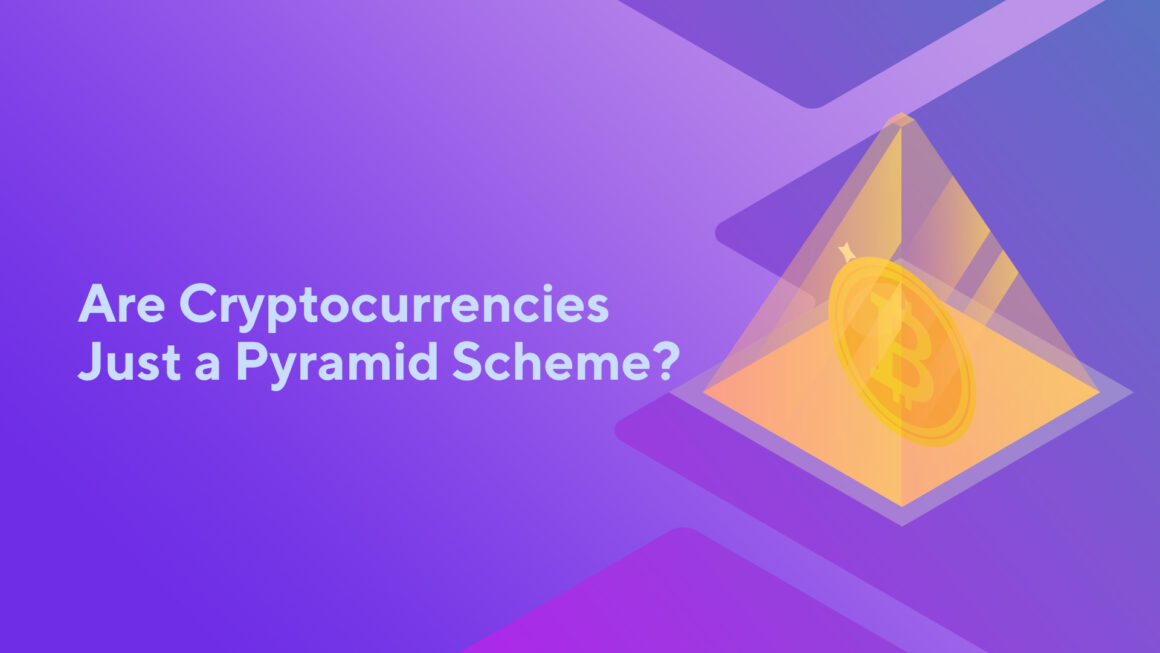A snowball or pyramid system is used to describe business models in which no value is created, but only funds are redistributed between users. Most of the time, new users’ money, often even their returns, is used to pay off old users.
The promise is often the same — high returns in a short time with low risk. Usually, a ‘good’ which is supposed to fulfill exactly this promise is offered. Typically, there is never any interaction with founders of a pyramid scheme. Payments are often structured in a form of one-time or recurring subscription fee.
A Multi-Level Marketing System
In addition, in most cases, there is a complex marketing system in which you receive a fee for referring friends, a higher return, or discounts. This marketing system also extends over several levels. So, that’s why one also benefits when specially referred friends also refer their friends, who in turn refer further friends, etc.
More Money, More Scam
A pyramid scheme works as long as more funds are deposited into a system than paid out. Insofar as the critical point has been reached at which old users can no longer be paid by new users, the house of cards often collapses suddenly and fraud is noticed. The full system collapses.
Differences in Token Economy
Most cryptocurrencies don’t have these properties. After buying cryptocurrencies, you receive something in return, a token. This token has different purpose-specific tasks. A distinction can be made between ordinary currency tokens, utility tokens, and equity tokens.
The utility token such as ETH in the Ethereum network can serve as fuel for a special task in a blockchain network. Without this token, the network wouldn’t be functional. An equity token represents the right to an asset or a company, similar to a share.
With equity tokens in particular, it’s relatively easy to see whether there is really something of value behind them. However, in the case of utility tokens, the situation is more difficult to assess. Utility tokens of large platforms such as Ethereum, IOTA, EOS, or Cardano are of central importance for the entire ecosystem of their own blockchain. However, there are also utility tokens that cannot be assigned to a platform, but to a crypto project, which mostly arose from an ICO.
A Cryptocurrency Hype
In 2017 and 2018, those tokens experienced a lot of hype, and various people thought they were missing out on the next ‘big thing’. The hype was promoted by smart and wide-reaching marketing on social media channels, celebrities, and established media companies. That’s why the reputation of a pyramid scheme arose, as returns were insanely high for a certain number of investors.
The only pyramid scheme of a cryptocurrency so far was Bitconnect. Here it was promised that a trading bot would lend bitcoins and guarantee a return of 1-4% daily. In order to be able to participate, a utility token with a BCC abbreviation was created.
Its only function was collecting funds that were redistributed according to a pyramid scheme. Investors suffered significant damage in the amount of around 1 billion US dollars. Fortunately, projects like Bitconnect only represent an extremely small proportion of all crypto platforms.
Are Cryptocurrencies Just a Pyramid Scheme? What do you guys think? Just share your opinion in the comments!

Leave a Reply